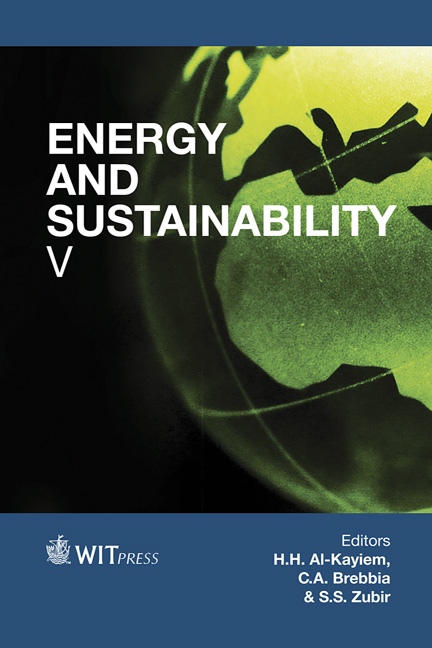Capillary Pressure And Buoyancy Effects In The CO2/brine Flow System
Price
Free (open access)
Transaction
Volume
186
Pages
12
Page Range
613 - 624
Published
2015
Size
443 kb
Paper DOI
10.2495/ESUS140541
Copyright
WIT Press
Author(s)
J. S. Pau, W. K. S. Pao, S. P. Yong, P. Q. Memon
Abstract
The annual emission of CO2 from human activities has exceeded the absorption abilities of nature. Carbon capture and geological storage is a solution that is able to combat the problem of excessive CO2 release to the atmosphere, which endangers the lives of humans and all living things. Saline aquifer, which has a high permeability and storage capacity, has become a subject of interest as a CO2 storage media. The flow of CO2 into the aquifer initially occupied by saline water is the subject of study in this paper. Particularly, the effects of two significant parameters – capillary pressure and gravitational force have been considered. To solve the two phase flow equation, we have implemented the currently developed mixed and hybrid finite element method. The results show that capillary pressure enhance the flow of CO2 whereas gravity force causes phase segregation with the less dense CO2 flowing upward due to buoyancy forces.
Keywords
capillary pressure, buoyancy effect, density segregation, CO2/brine system





